
Jumping up is a common behavior problem among dogs, but there are several solutions to stop a dog from jumping on you when excited. Most of the time, jumping only indicates that your dog is seeking attention. The good news is that you can train your dog to stop jumping on people and start greeting everyone more politely.
Here's how to curb your dog's bunny rabbit-like behavior.
You might inadvertently be rewarding your dog for jumping up on you by giving them what they want; your attention. Even negative attention may be better than no attention to some dogs so if you are yelling or reacting in a dramatic way when your dog jumps, this can still reinforce the behavior. Your dog doesn't necessarily realize that when you push them off or yell at them to get down that you're attempting to discourage them.
In this case, any attention your dog gets from you or others may be perceived as a reward. It makes sense then that if you want to teach your dog not to jump, it will need to be rewarded for keeping all four paws on the ground, instead of jumping up.
Training your dog not to jump up on people takes patience and persistence on your part. Be aware that there are actions that you should take and others that you should avoid. Be consistent when you're training your dog, and you'll be rewarded with a best friend who keeps its front paws to itself.
The first part of teaching a dog not to jump up involves withholding your attention. There are a couple of ways to do this:
When you're working on preventing unwanted jumping, it can really help to keep some treats close at hand. As soon as your dog is standing in front of you with all four paws on the ground, toss it a treat. Praise your dog as well, but keep things low-key. Too much excitement or high-pitched squeals from you may stimulate another round of jumping. Try to project a calm, quiet, presence.
It helps if you can set up situations to practice with your dog. For instance, if the jumping occurs most often when you come home after work, spend a few minutes several times a day coming and going. Don't make a big fuss over your dog and step back outside if it jumps up. Offer a reward anytime all four feet are simultaneously on the floor.
Once your dog is able to keep four paws on the floor for a few seconds or more, start asking it to sit. Walk into a room or through the front door and give the command "sit." As soon as the dog sits, offer a treat. Practice this over several training sessions. With plenty of repetitions, your dog will start sitting as soon as you walk through the door or enter the room.
It's not enough that you practice with your dog. You should also involve friends and family in this training. Otherwise, your dog may learn that it's not OK to jump up on you but everyone else is fair game. Having other people help with this training teaches your dog to keep all four paws down no matter who comes into the room.
You may have heard about methods of training a dog not to jump that call for physical punishment or aversive. One such method is a knee to the dog's chest. Another is using leash correction—pulling or yanking on the leash—to get the dog off you. There are several problems with these methods:
Lavender is an essential oil commonly used for aromatherapy and is known to be soothing to the central nervous system and calming when inhaled by humans and animals alike!
Disciplining using painful or scary stimuli will not be as effective as rewarding good behavior. Always prioritize positive reinforcement with your dog.

Is Neosporin Safe for Cats?
A brief summary of concerns a cat owner should be aware of before putting Neosporin on their cat, plus tips for things they can use at home instead.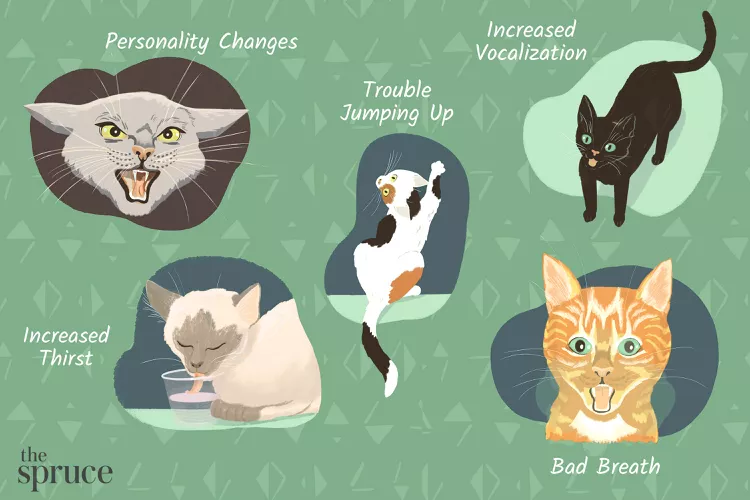
18 Warning Signs That Your Cat Is Crying for Help
How can you tell if your cat is sick? Learn about the warning signs indicating your cat is crying for help and find out what to do about them.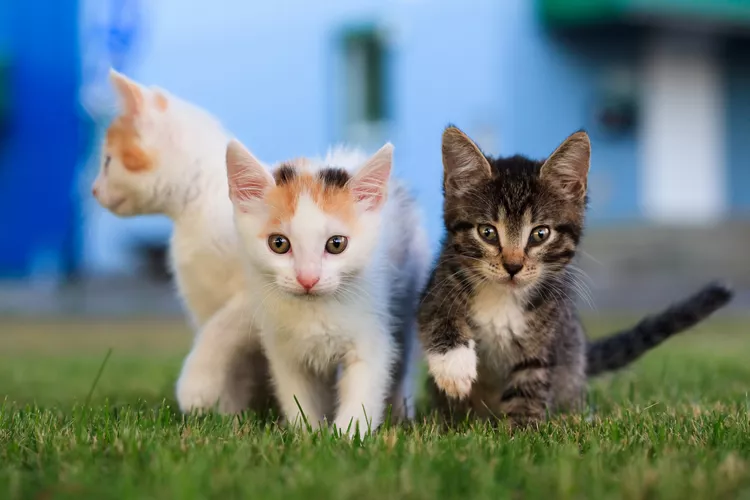
Chlamydia in Cats
Chlamydia in cats is a bacterial infection primarily affecting the eyes, which can cause conjunctivitis. Learn the causes, treatment, and prevention.
Why Does My Kitten Bite Me? How to Stop Biting and Scratching in Kittens
Why does your kitten bite you? Play aggression is often the cause, but there may be other reasons for the scratching and biting. Here’s what to do if your cat bites and scratches you, including how to stop it.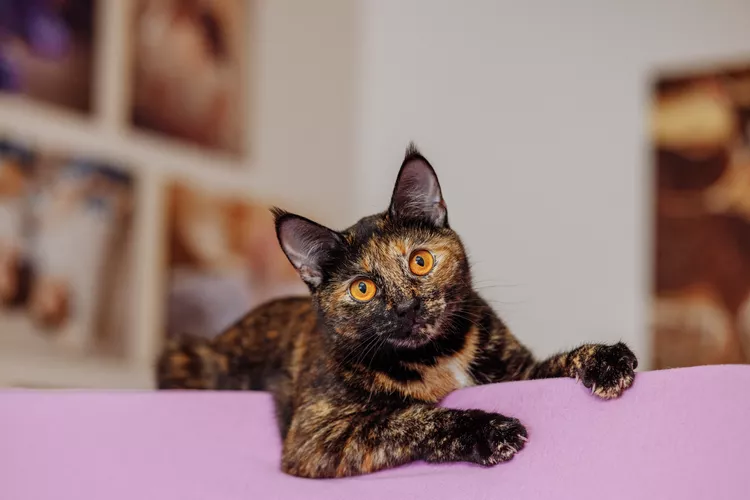
200 Tortoiseshell Cat Names for Your Bi-Colored Kitty
Tortoiseshell cats are a rare phenomenon and deserve a fitting name. We've pulled together 200 tortoiseshell cat names, including male names, female names, cute names, and names inspired by their coat color and pattern.
12 Fluffy Cat Breeds Perfect for Endless Cuddles
If you like long-haired cats and don't mind daily (or almost daily) brushing, you’ll love these fluffy cat breeds.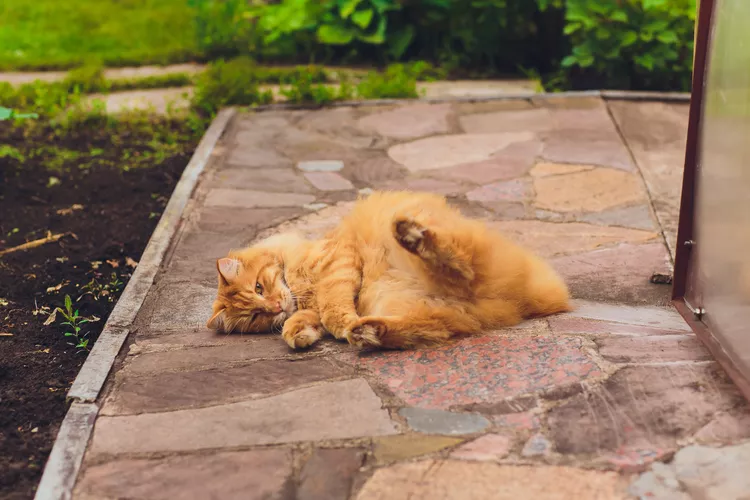
10 Unique Bobtail Cat Breeds
Bobtail cat breeds, including the Manx and Cymric, result from natural genetic mutations. Learn whether one of these cats is right for you.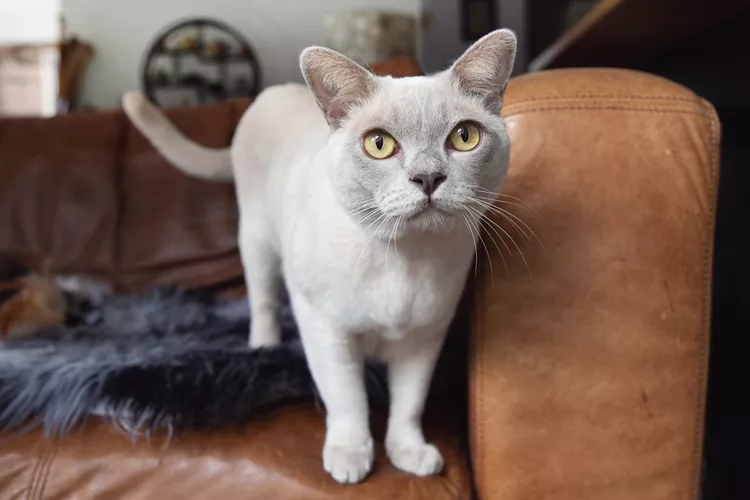
Burmese: Cat Breed Profile, Characteristics & Care
Known for their loving personality and muscular body, the Burmese loves to cuddle after a bout of kittenish playing. Learn about the Burmese breed.
Turkish Angora: Cat Breed Profile, Characteristics & Care
The elegant and silky Turkish Angora cat is a playful, affectionate, and sometimes mischievous pet. Learn about the Turkish Angora breed.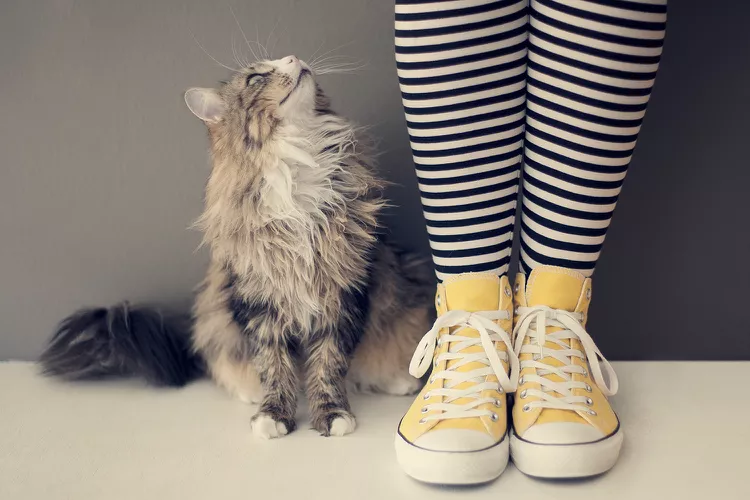
Why Does My Cat Follow Me Around Everywhere?
Cats can follow their owners around for a few different reasons. Find out what your cat is trying to tell you if they follow you around.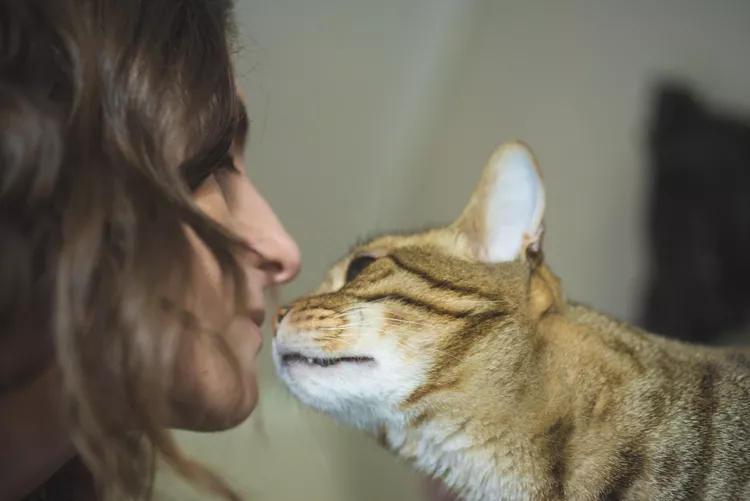
Why Does My Cat Bite My Chin?
If your cat is biting your chin, this might be a sign of affection, but it can also be caused by boredom or stress. Learn how to curb the behavior.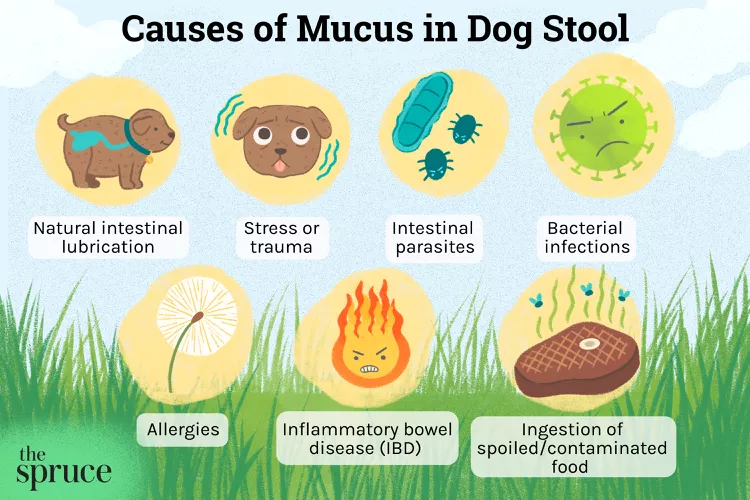
Common Causes of Mucus in Dog Poop
Seeing mucus in your dog's poop can be concerning to a dog owner. Here are common causes and treatment of mucus in a dog's stool.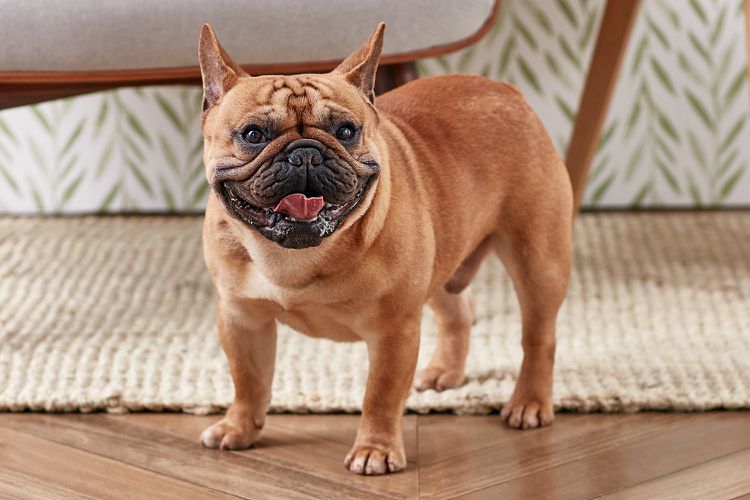
Why Do Dogs Pant?
Dogs pant for a number of reasons, including cooling, excitement, and play. But sometimes panting is a sign of a physical problem. Learn why dogs pant and what to do about it. Here’s how to tell if your dog’s panting is normal or a sign of a problem.
Intervertebral Disc Disease (IVDD) in Dogs
Intervertebral disc disease (IVDD), or a herniated disc, is a serious condition of the spinal cord. Learn the causes, treatment, and prevention.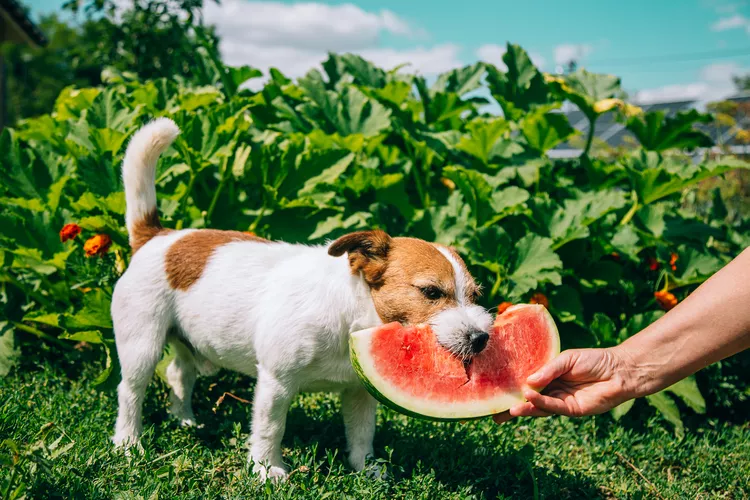
Can Dogs Eat Watermelon?
Can dogs eat watermelon? Yes! But its important to keep certain precautions in mind. Learn the benefits, risks, and how to safely feed your dog this fruit.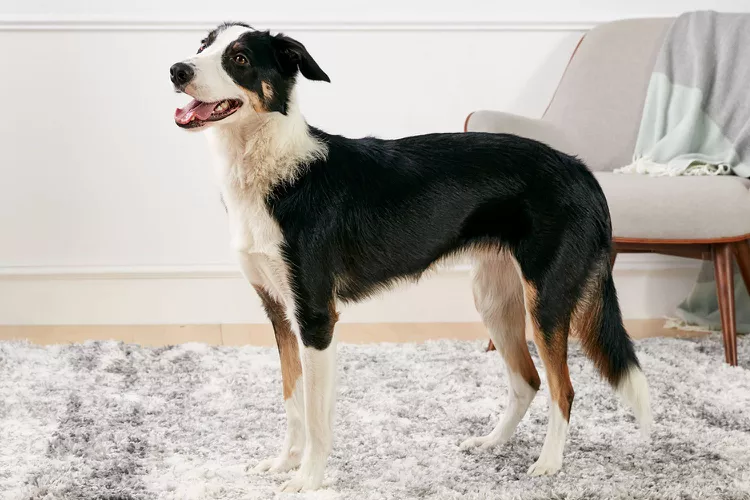
Border Collie: Dog Breed Characteristics & Care
Learn about the border collie, a popular herding breed. They're a smart and energetic dog that's also a great companion to the right pet parent.
Beagle: Dog Breed Characteristics & Care
Learn about the beagle, one of the most popular dog breeds in the world. They are known for being a cheerful, comical, loud, and energetic family dog.
Bluetick Coonhound: Dog Breed Characteristics & Care
Bluetick Coonhounds are a medium-size hound that are gentle and affectionate. They are commonly used as a raccoon hunting dog.
Tibetan Terrier: Dog Breed Characteristics & Care
The Tibetan terrier is a happy-go-lucky dog with a shaggy coat. Learn more about the history, care tips, and other helpful information about the breed.
Lagotto Romagnolo: Dog Breed Characteristics & Care
The Lagotto Romagnolo is an intelligent working breed from Northern Italy and can be an adaptable and laid back companion breed.